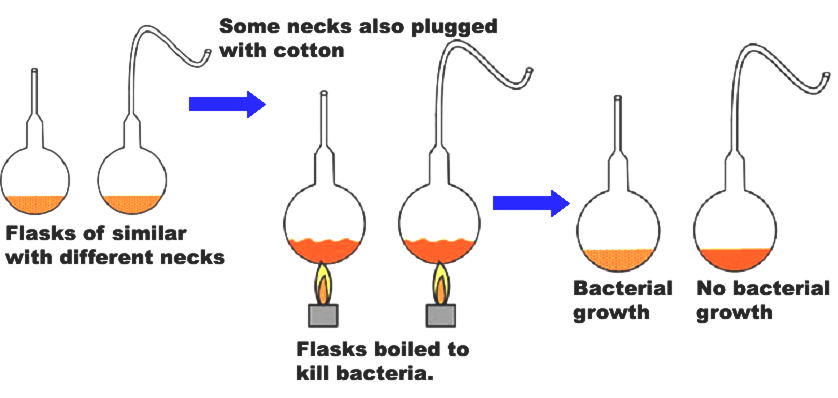 Long Answer Type
Long Answer Type(a) Name the primates that lived about 15 million years ago. List their characteristic features.
(b) (i) Where was the first man-like animal found?
(ii) Write the order in which Neanderthals, Homo habilis and Homo erectusappeared on earth.
State the brain capacity of each one of them.
(iii) When did modern Homo sapiens appear on this planet?
 Short Answer Type
Short Answer Type(a) Select the homologous structures from the combinations given below :
(i) Forelimbs of whales and bats
(ii) Tuber of potato and sweet potato
(iii) Eyes of octopus and mammals
(iv) Thorns of Bougainvillea and tendrils of Cucurbita
(b) State the kind of evolution they represent.
Since the origin of life on the earth, there were five episodes of mass extinction of species.
(i)How is the 'Sixth Extinction', presently in progress, different from the previous episodes?
(ii)Who is mainly responsible for the 'Sixth Extinction''?
(iii)List any four points that can help to overcome this disaster.
How do homologous organs represent divergent evolution ? Explain with the help of a suitable example.
Louis Pasteur suggested that life propagated only from the pre-existing life forms. He conducted the swan-necked flask experiment and proved his point on the continuity of life.
His experiment was as follows:
• Two swan-necked flasks containing nutrient broth were used.
• The broth in both the flasks was boiled to kill any existing microbes and was made sterile.
• After sterilisation one of the flask necks was broken. The flasks were kept undisturbed for some time.
• After some time, the dust particles along with bacteria in the air entered the flask with the broken neck and got accumulated at the neck of the unbroken flask.
• The broth in the broken flask became cloudy, while the broth in the unbroken flask remained clear. Cloudiness of the broth indicated the presence of microbial life in the broken flask.
• Appearance of life, even after sterilisation, in the broken flask concluded that life in the flask arose only from pre-existing life; thus, and discarded the theory of spontaneous generation.
